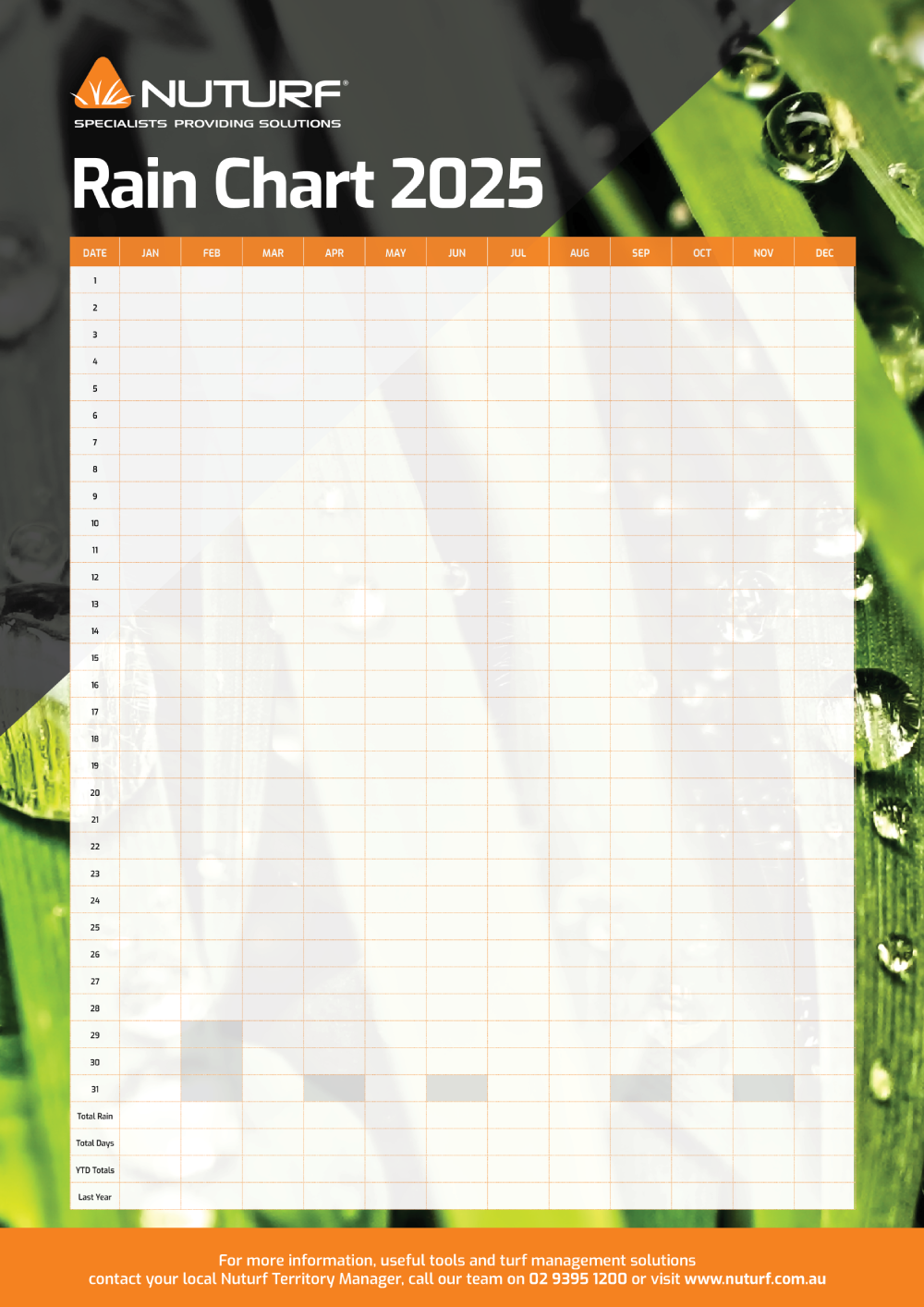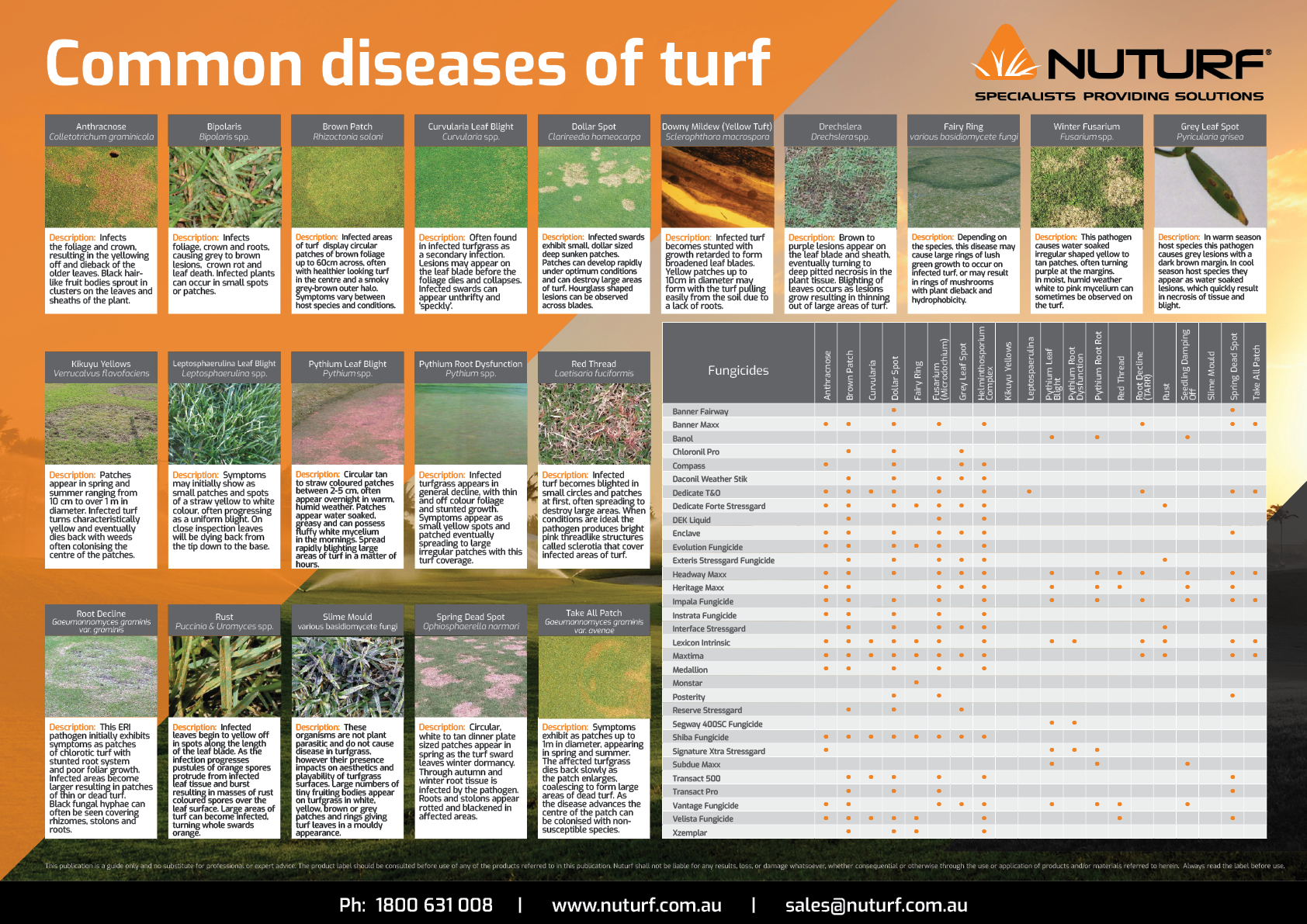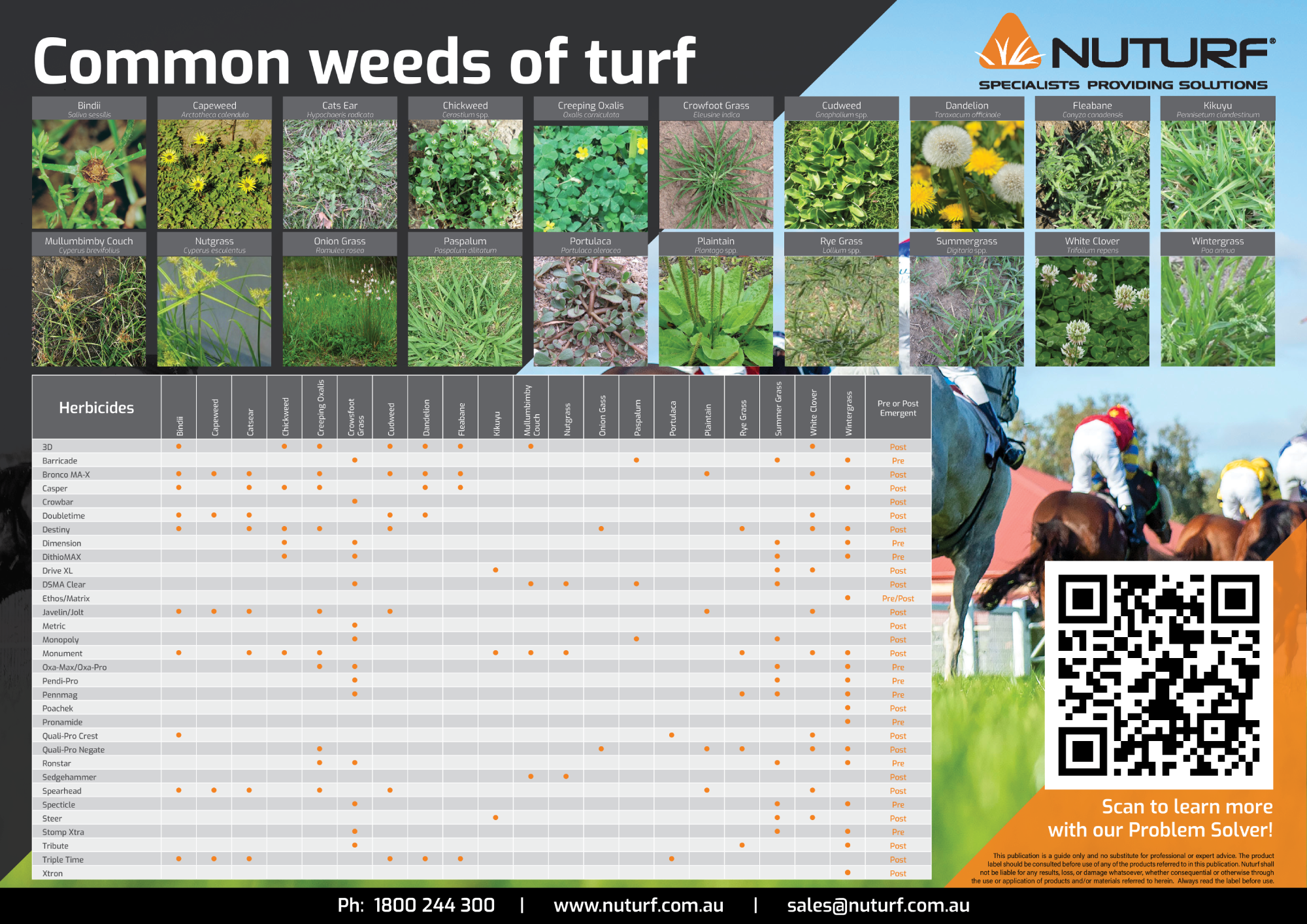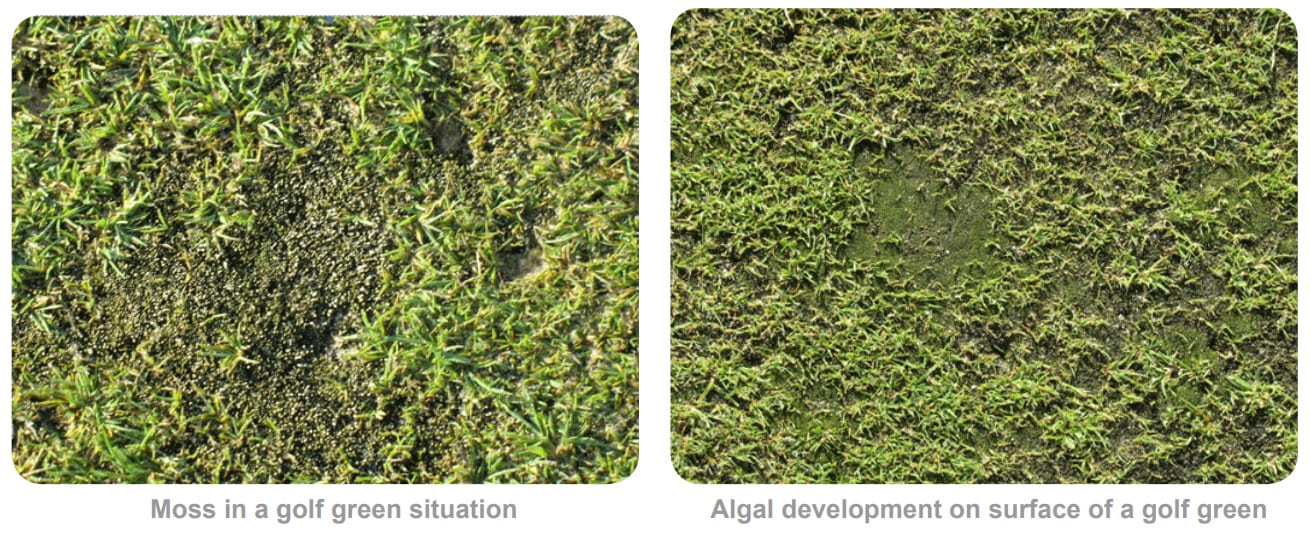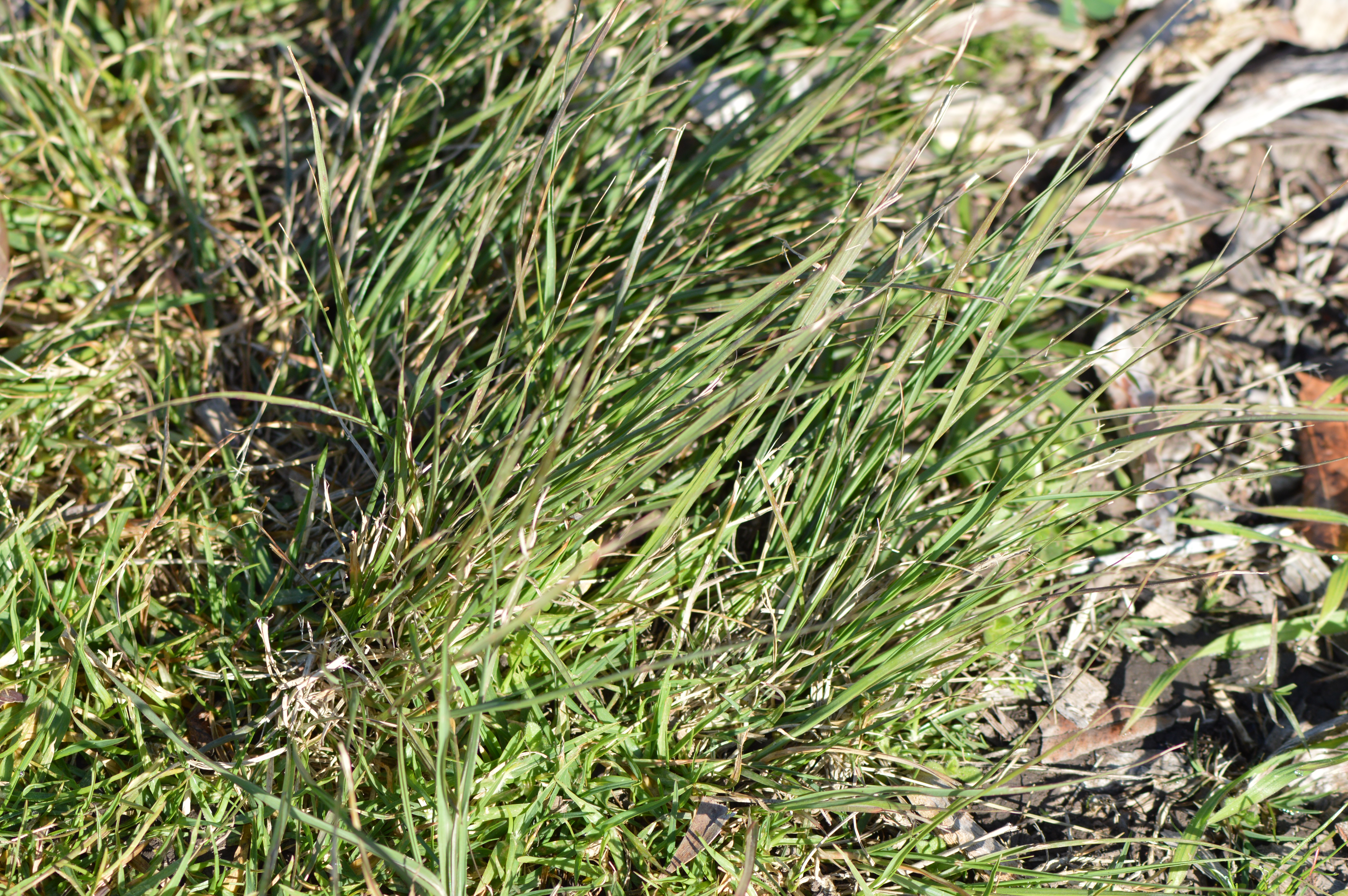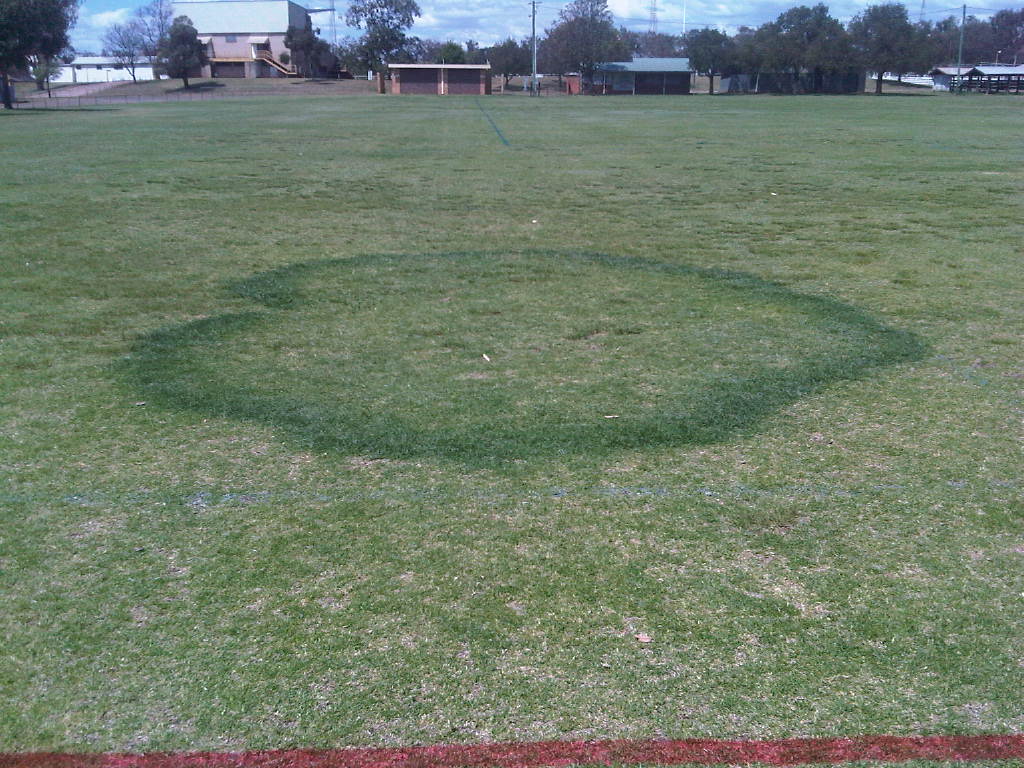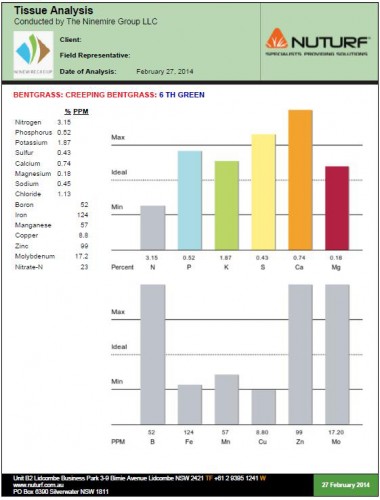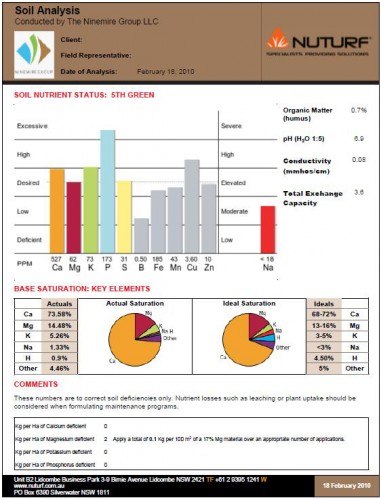The Pros and Cons of Oversowing Your Turf
The Pros and Cons of Oversowing Your Turf
With increasing demands on both presentation and surface integrity the option of employing a two grass system on many of our sports surfaces is becoming more popular. Perennial rye grass has become the seeded grass of choice due to its rapid establishment abilities, high presentation quality, wear management assistance, and an impressive durability from late summer establishment, through winter and an ability to go well into spring with the right care. The rapid establishment has become important during sports season transition where turf managers are often given very limited time to make the necessary changes. The possibility of having a turf surface looking good and performing well for 12 months of the year is clearly appealing, and without doubt the two grass system is being utilized on more sites. It is no longer a practice restricted to elite sports and elite sites. The art is being mastered by more technicians every year however the potential issues from oversowing need to be understood to ensure the challenges can be catered for and overcome.
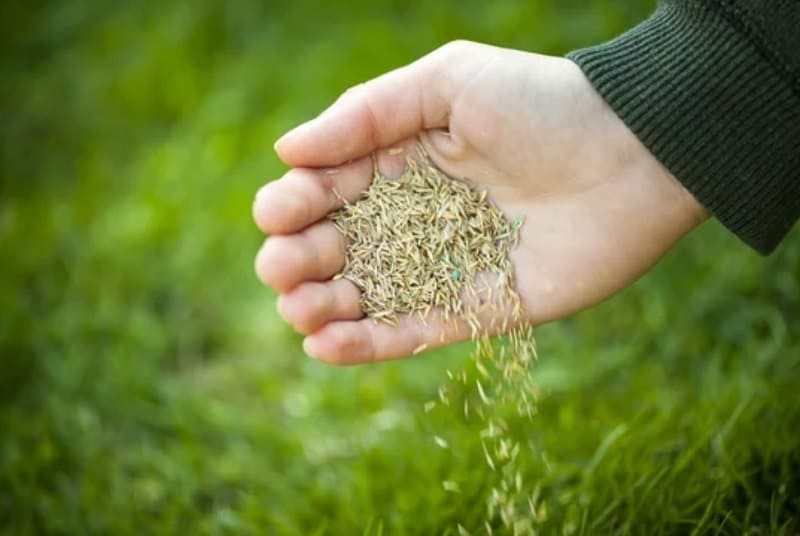
The Pros and Cons of Oversowing
Oversowing is something that should be entered into after considering the good and bad points of the exercise and being honest with budgets and resources. Generally speaking our community sporting surfaces are dominated by warm season grasses and these species lose colour, vigour and the ability to recover through the winter months. They slow down considerably in growth rate and if cold enough will potentially enter dormancy. With no recover-ability wear tends to be cumulative, and significant surface disruption can occur particularly if we encounter a wet winter. The surface disruption can be a problem for user safety through the concurrent increase in surface irregularities and undulations. The loss of colour adversely impacts aesthetics and presentation and may impact user perception and enjoyment.
Oversowing with a fast establishing cool season species can address some of this. Surface integrity can be better maintained through the anchoring and stability a dense rye can confer. Colour is retained and infact usually greatly enhanced and if employing cylinder mowers then striping for presentation can be achieved. The ongoing growth of the rye enables a reasonable degree of surface recovery and clean up between uses and the rye can offer a more cushioned surface offering a safety and comfort element to users that might otherwise be absent if contacting firm ground.
A disadvantage in oversowing is the intense competition the rye demonstrates against a couch base that is already well outside its preferred conditions. Through the time of year the couch is most vulnerable the cohabiting rye is competing physically for light, nutrients and space but is competing chemically as well. The chemical competition is known as allelopathy – a phenomenon where a plant releases biochemicals that are deleterious to competitor species. This biochemical competition is thought to play a role in why couch is often very thin and unwell at the start of spring when it would otherwise be on an active rejuvenation path. In extreme circumstances the couch can be lost through winter and its only when natural transition or chemical removal takes the rye out the issue becomes evident.
What can I do to enjoy the benefits of rye – but minimize the negative issues?
Good question – and the answer starts 6 months before a rye seed hits the ground. The health and vitality that can be generated through spring and summer in the couch base that will be oversown is a big factor. The stronger the turf on the way in to winter, the more likely it will still be there on the way out. Assuming this has been achieved then the oversowing exercise can be considered
Since it is common to be sowing late summer when warm season grasses are in their peak growth it may be necessary to temporarily regulate the turf to provide an opportunity for over-seeded rye to establish. A stout rate of Trinexapac to temporarily restrain their vigour can be a useful measure. It may also be helpful to lightly scarifiy the surface to provide an easier avenue for the rye seed to get to the soil surface. Some mechanical seeders will overcome this by rolling knuckles over the surface to create the depressions the rye seed places into, but optimization of the seeding exercise will require an appreciation of the physical barrier the warm season turf actually presents.
At this time of year both air temperatures and soil temperatures remain high so it is essential to include some Pythium protection through the early establishment phase. Ideally this is placed in the soil 1-2 days prior to sowing to ensure the bed to be sowed into has received a pre-treatment and has a reservoir of protection the germinating seedling can draw upon through its early development.
Late season grub protection may also be important. Late instar coleoptera grubs or more typically lepidoptera grubs like army worm can invade through this period damaging the warm season turf and/or the germinating seedlings.
Seed selection is also important. Breeders are always improving the attributes of the varieties and whilst most perennial rye seed available today is very high quality, they do have some differing attributes such as colour, wear tolerance and preferred sowing densities for optimal surface production. Speak to your Nuturf representative or do some homework yourself prior to engaging in the process as some varieties may be better suited to your needs than others.
Early post-sow care
The rye can be up and going anywhere from 3-14 days after sowing. As temperatures decrease the germination period extends. High temps usually allow fast germination but a bit of nursing is needed during early establishment. Rye normally sends up a single shoot to begin with and the germination can often be spotted by the red coleoptile, then through either cutting or natural development it will tiller at the base to have multiple leaf shoots coming from the crown. This process occurs progressively and improves density and cover over time so be patient. Don’t rush to a further sow if the density appears thin – it will improve.
Nutrition through the establishment phase is important. Nitrogen is required but should be a controlled release form so as not to produce vast amounts of soft foliage that is weak and susceptible to disease. The addition of some phosphorus will usually aid establishment – even if soil tests would suggest the phosphorus level is adequate. Not all this phosphorus will be plant available, so a little bit more normally confers a benefit.
Additional protection from Pythium in the first 4 weeks is recommended. This could be through a program of foliar applied fosetyl, or root application of a product like Segway. Be mindful of the different application requirements for these though – placement is important.
Once cutting has commenced a growth regulation program can be considered. This can be as much about pursuing quality attributes than regulation by using a low dose applied often approach. Rye responds very well to a trinexapac program with significant resources pushed to the root system to aid vitality and resilience.
How Nuturf can help you
We offer a variety of seed products to suit your needs. We have various seed blends or straight varietal types to meet a range of end user preferences. The different products offer variations in final colour, vigour and ability to hold well into Spring if required.
Nutrition needs are covered by anything from slow release granular products with a variety of NPK options to foliar fertilisers for those on sand profiles.
Fungicide needs are covered with either dedicated Pythium products or broad spectrum fungicides for management of foliar and root diseases across established surfaces.
Growth regulation is covered by various trinexapac formulations to suit budgets and surfaces. Both ME and EC formulations are available.
Nuturf also has the technical expertise and vast resources around the country to assist all customers with their technical, programming or purchasing needs.


